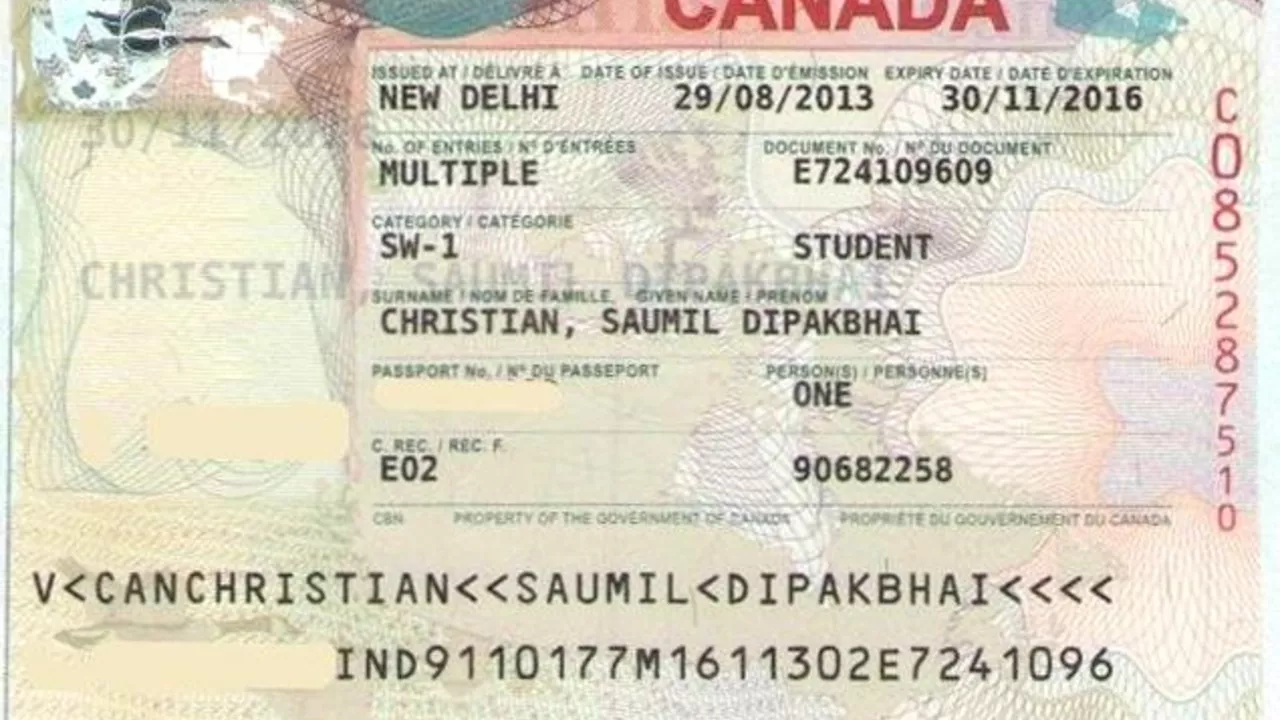Legal Documentation & Procedures: Birth Certificate Guide for India
Need a birth certificate in India and want to know what it actually looks like? You’re in the right place. This guide breaks down the paper’s key features and walks you through the simple steps to get one without the usual hassle.
What a Birth Certificate Looks Like
First up, the paper itself. Most Indian birth certificates are a small, rectangular sheet, usually white or off‑white. At the top you’ll see the official seal of the registering authority – often a state or municipal stamp. Below that, the format is pretty standard across the country:
- Child’s full name – exactly how it appears on other IDs.
- Parents’ names – father’s name is listed first, then mother’s.
- Date and place of birth – city, hospital or home address.
- Registration number – a unique code that helps officials track the record.
- Registrar’s signature – the official who entered the data.
Some states add extra fields such as community, religion or blood group, but those are not mandatory everywhere. The key point is that the document carries the seal and signature, which makes it a legal proof of identity and age.
How to Obtain a Birth Certificate in India
Getting the certificate is easier than you might think. Follow these steps and you’ll have it in a few weeks.
- Gather required documents. You’ll need the infant’s hospital discharge slip or a doctor’s affidavit, parents’ ID proofs (Aadhaar, passport, or voter ID), and proof of residence such as a utility bill.
- Visit the local municipal office or online portal. Most states now offer an e‑service where you can fill out a form, upload scans, and pay the fee online. If you prefer in‑person, go to the Registrar of Births & Deaths office in your district.
- Fill out the application. Provide accurate details – a typo can delay the process. Double‑check the child’s name spelling and date of birth.
- Pay the fee. Fees vary by state, typically ranging from INR 30 to INR 200. Online payments are quick; cash is accepted at the office.
- Collect the certificate. If you applied online, you’ll receive a digital copy via email and can pick up the printed version later. In person, you’ll usually get it within 7‑15 days.
Tips to keep things smooth:
- Make sure the parent’s IDs are current – expired documents cause unnecessary back‑and‑forth.
- Ask for a receipt after payment; it’s your proof of filing.
- If you’re applying for a birth that happened a few years ago, you may need an extra affidavit confirming the date.
That’s it. With the right paperwork and a quick visit (or a few clicks online), you’ll have a legal birth certificate that works for school admissions, passport applications, and any official need.
Need more help with other legal documents? Check out the rest of the Legal Documentation & Procedures section – we cover everything from marriage certificates to name changes, all in plain language.
How does a birth certificate look like in India?
In India, a birth certificate primarily displays the name of the child, parent's name, and the place and date of birth. It's typically a small, rectangular piece of paper, predominantly white or cream in color. It bears the official stamp and signature of the registrar, making it a legal document. Usually, it also has a unique registration number for record-keeping purposes. Additionally, it might also carry some additional details like community or religion, although this isn't a standard across all states.
- Jul, 19 2023
- 0 Comments
